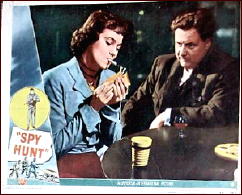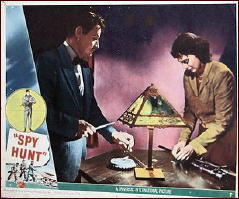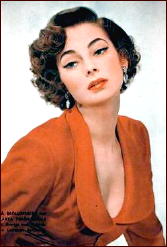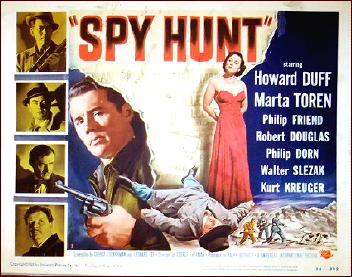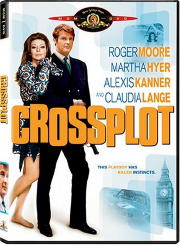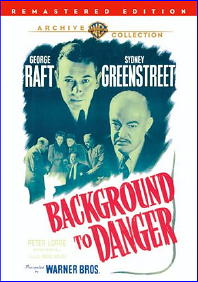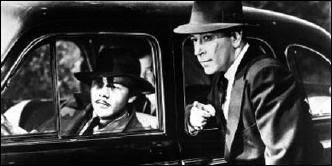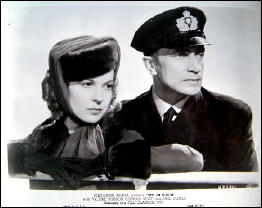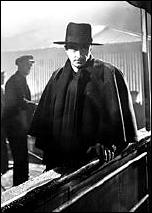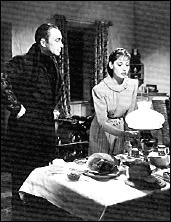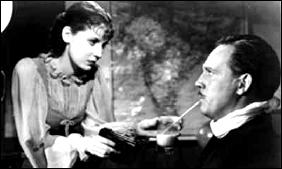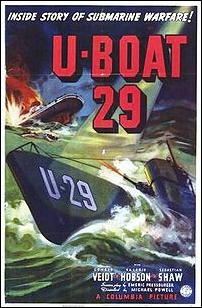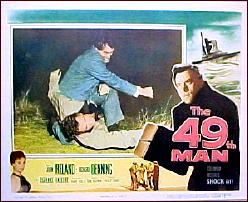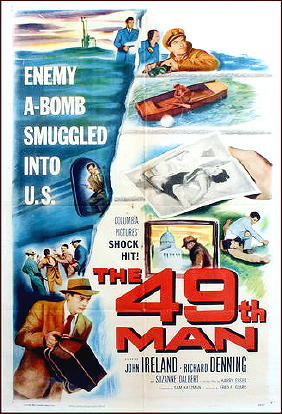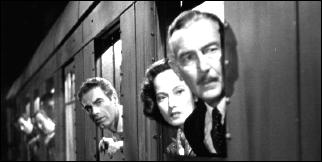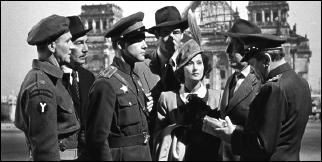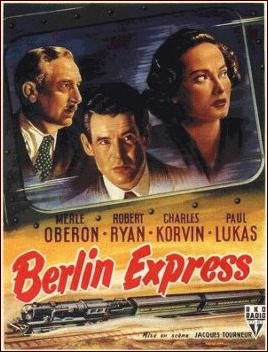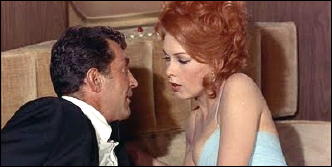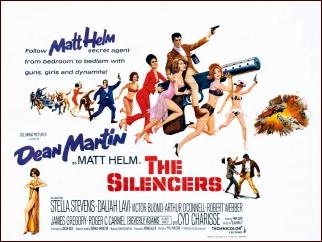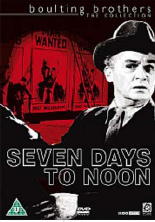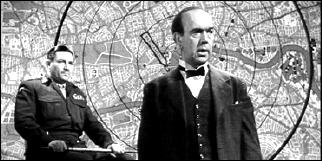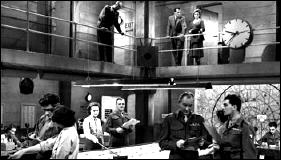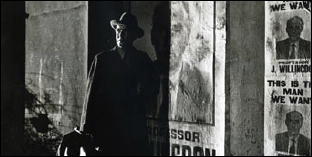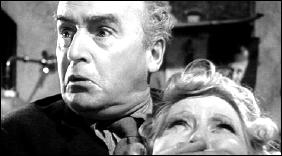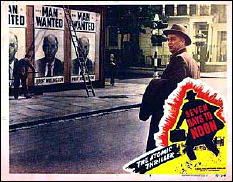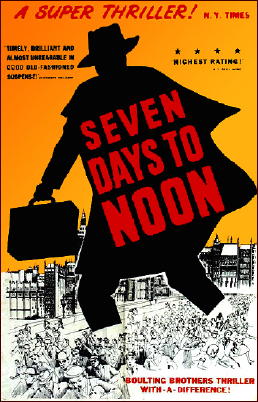Sat 9 Apr 2011
A Review by David L. Vineyard: JAMES KENNAWAY – The Mind Benders (Book and Film).
Posted by Steve under Reviews , Suspense & espionage films[7] Comments
JAMES KENNAWAY – The Mind Benders. Atheneum, US, hardcover, 1963. Signet P2515, reprint paperback, September 1964. UK edition: Longmans, hardcover, 1963.
Film: THE MIND BENDERS. Anglo-Amalgamated Films (UK), American International Pictures (US), 1963. Dirk Bogarde, Mary Ure, Stanley Clements, Michael Bryant, Wendy Craig, Edward Fox. Screenplay: James Kennaway. Director by Basil Deardon.
The actual experiments in sensory deprivation that took place at McGill University and the University of Indiana and later across the United States were originally designed to test how astronauts might fare after long periods alone in the isolation and zero gravity of outer space, but the sometimes bizarre behavior it induced in participants and the effect on their personalities soon inspired study to move into other areas of the human psyche.
Much of sensory deprivation theory has been discarded as useless today since it varies so much between individuals and is subject to so many unpredictable variables, but when this novel was written it was still the cutting edge of psychological experiment.
The TV series Twilight Zone did a memorable episode with Earl Holliman on the theme (though without the classic sensory deprivation tank), and of course Paddy Chayevsky later wrote the novel Altered States that became the over the top Ken Russell film with William Hurt and Blair Brown. It even featured in a memorable episode of Hawaii Five-O with Jack Lord’s Steve McGarrett captured by Wo Fat (Kingh Deigh) and subjected to the treatment.
But by far the best handling of the subject was James Kennaway’s 1963 novel and the Basil Deardon film that followed, The Mind Benders.
Major “Ramrod” Hall is an old time counter-intelligence agent keeping an eye on Nobel laureate S.V. Sharpey, who maybe disseminating information to a foreign journalist about his work in sensory deprivation (“All men were traitors or patriots, as all eggs were good or bad.”) when Sharpey throws himself from a moving train and is killed.
That leads to Longman, a scientist who worked with Sharpey in the United States on Reduction of Sensation therapy, and who has recently been absent from his teaching duties. Longman is something of an odd duck who tends to put himself into his experiments.
As Hall watches a film of Sharpey’s experiments he hears Sharpey’s narration state:
Which leads to questions: Did Sharpey die because of his studies; could the Reduction of Sensation be used in espionage?
And has it been?
Tate, one of Longman’s assistants brings him news of Sharpey’s death, which more than upsets Longman’s beautiful and loving wife Oongah (“… originally came from Orkney, or Shetland, or Finland, one of those places where the wind blows a girl until she has the look of a modern statue.”) and lives with Longman and their children in an eccentric but happy and rather sensual household.
Soon that happy household is going to come under incredible tension.
The Mind Benders is a slow almost deliberate novel — short — but building an accumulation of details as it builds up its tensions and the impending feeling of terror once Longman submits himself to the experiment that led to Sharpey’s death.
A psychological novel in the purest sense, The Mind Benders slowly and quietly builds as the experiment begins to unravel Longman’s personality, turning his love for his wife to distaste, then hatred — but enough to lead to violence? Can a man be made to hate something he actually loves merely by suggestion induced under the extremes of sensory deprivation?
How much responsibility for our own actions can we count on under such pressure?
Just how far can the victim be manipulated? Longman seeks to find the answer, and more importantly can he fight back. At stake is more than the fate of nations or the solution to mysteries. At stake is Longman’s marriage and his love for his wife.
There is little action in the book. It is mostly a case of suspense and drama. Talking heads if you will, but exceptionally intelligent and compelling talking heads.
The Mind Benders is a one of a kind thriller made into a splendidly faithful and thoughtful film with Dirk Bogarde as Longman and Mary Ure as Oongah by Basil Deardon. It’s finally available in Region 1 DVD format and well worth catching, suspenseful, almost Gothic, and more unsettling than many a horror film filled with actual monsters other than those from our unconscious mind.
A splendid cautionary tale that has the feel of the best science fiction and horror, but is rooted firmly in actual experiment and human behavior, it is one of the most disturbing books and films you will ever read, but ultimately also one of the most reassuring.
